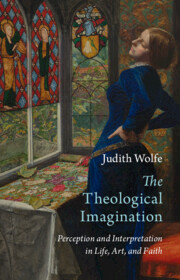Bibliography
Published online by Cambridge University Press: 09 November 2024
- Type
- Chapter
- Information
- The Theological ImaginationPerception and Interpretation in Life, Art, and Faith, pp. 169 - 191Publisher: Cambridge University PressPrint publication year: 2024

